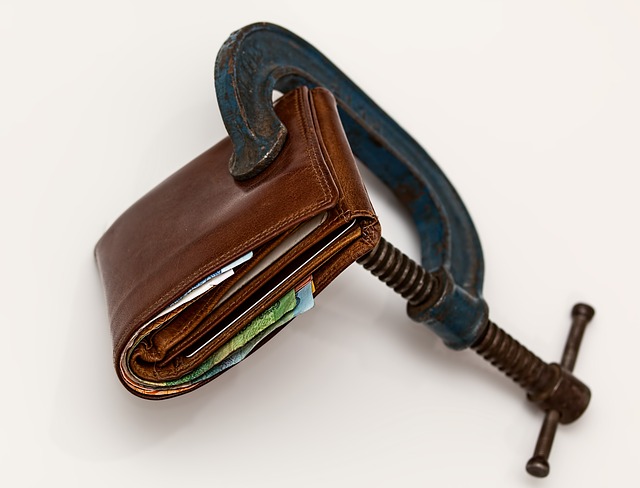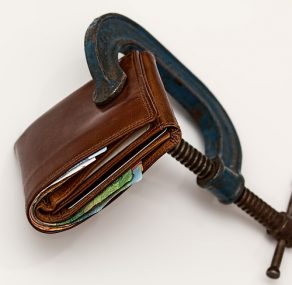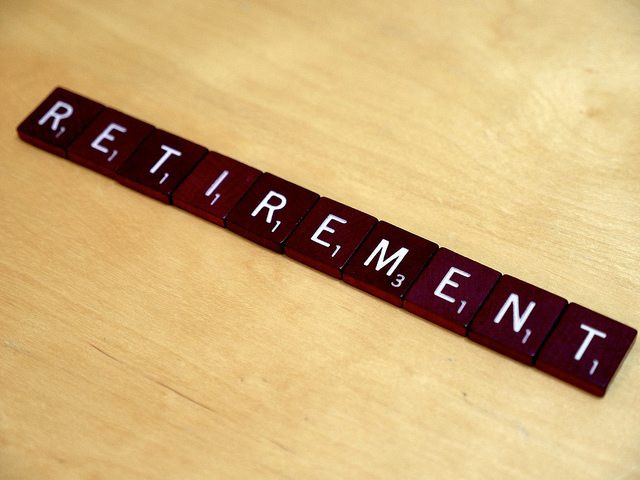Save by Paying Yourself First

Most financial planners agree the best and quickest way to save some money is to pay yourself first. But what does that mean?
Essentially, it is about taking out the money you’re going to put money into your savings before you work out your budget for the pay period. You can put that money into investment accounts like IRAs, or a simple savings account, whatever you prefer, but the important part is not ever touching that money yourself, essentially paying yourself “in the future” by not using that money for bills or purchases you have lined up.
This is also called reverse budgeting, as your savings is the primary budget concern, with your bills and everything else paid for with what you have leftover. This is counter to what most people do, which is take care of their current responsibilities first, and saving what is left over. But paying yourself first flips that, thereby meaning you are saving the same amount each paycheck, setting you up for a solid future you can plan for.
Paying yourself first is also instrumental for other savings habits you may want to learn in the future too. You learn discipline, and budgeting, as you are working with a finite amount of money to make ends meet after sticking some away in savings.
Paying yourself first also doesn’t have to be for retirement, and can be used to help establish an emergency fund instead. This can help get rid of some of the stress of not knowing how you’re going to handle those unexpected bills. The discipline is the same either way.
And if you are putting that money away into an account specifically designed for retirement, like a 401(k) you will be set up to have a successful retirement when the time comes. Paying yourself first means you are contributing to your future regardless of the market around you. Consistency is key when paying yourself first.
Paying yourself first will change the way you look at your money too, as it will force you to budget smarter, as well as give you confidence in the future, as you are now saving instead of constantly struggling and never having anything to show for it.
But how does one begin this process? It might not be as simple as you might think, but still, it isn’t that complicated and can be boiled down to two basic steps.
Firstly, you should be aware of what your weekly, monthly, and yearly expenses are. You’ll know the bare minimum you’ll need to keep surviving, and therefore know how much you can start paying yourself with. If you don’t have enough money to pay yourself, you can use this time to figure out how to consolidate and cut down on certain expenses.
Next, you have to figure out how to have the money you’ll be paying yourself with can get taken automatically from your paycheck, so you never have the opportunity to touch it. You can talk to your company’s payroll department, or even your bank when figuring out the best and easiest way to accomplish this each payday.
You’ll see, with a little planning, you can start paying yourself today. Your future self with thank you.







